
The links between human settlements and Arctic greening
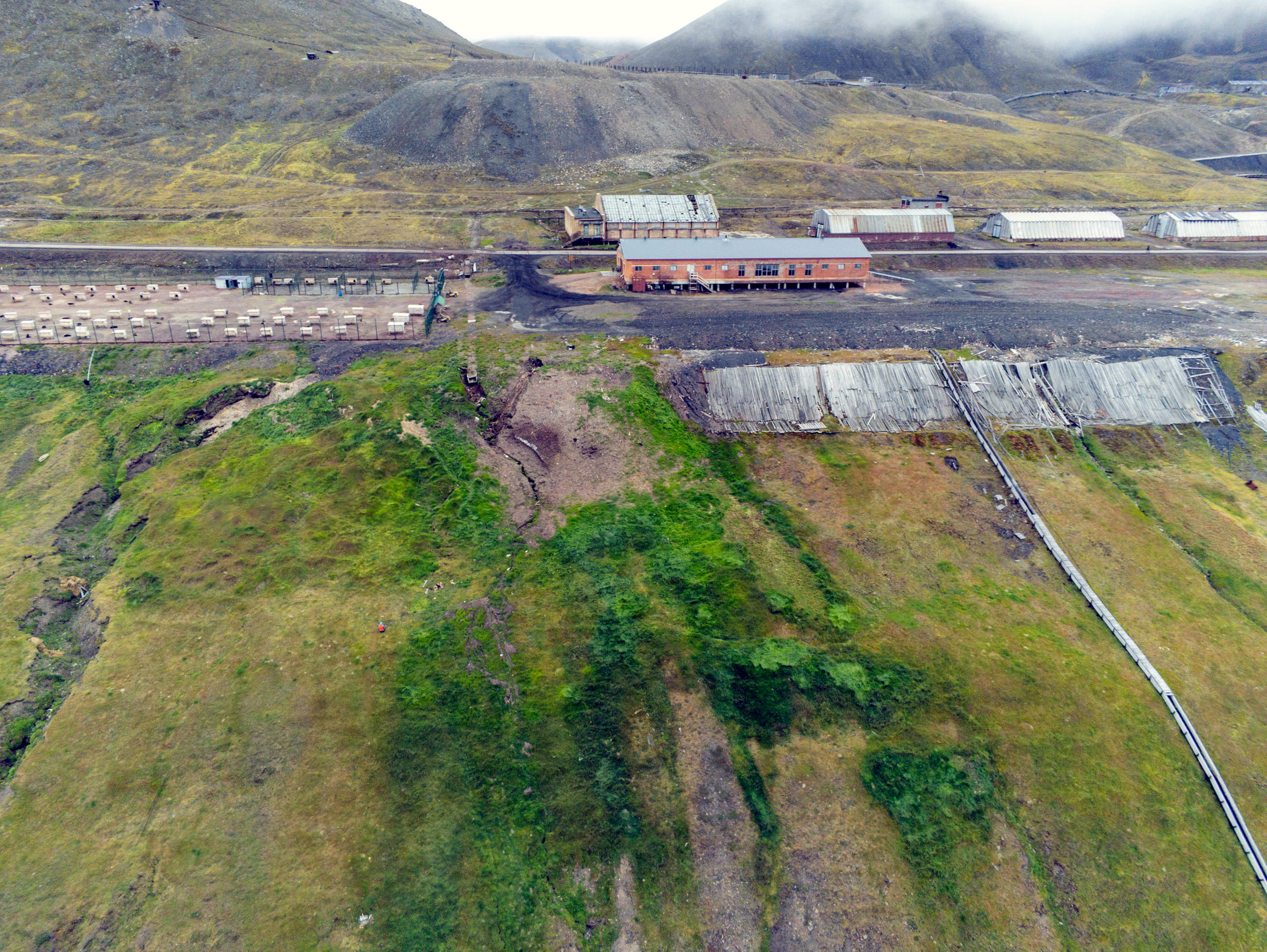
The settlement of Barentsburg on Svalbard is populated mostly by Russian and Ukrainian mine workers and their families. Many old wooden houses there have fallen into disrepair, but there are also newer apartment buildings made of prefabricated concrete elements, plus a lovely bar that serves great traditional Russian food and European dishes.
All of today’s settlements on Svalbard originated from coal mining, which began in the early 20th century. Mining is still going on in some settlements. Roads and houses were built and people imported livestock, hay and even soil to grow their own vegetables. This was an important addition to their very limited supply of imported foods and relieved some of the pressure on shipping from their home countries of Great Britain, Russia and Ukraine.
2MB field notes from Svalbard

2MB – that was the daily amount of data our original bloggers from the Antarctic were allowed to send us via satellite about their research on microplastics. Data transmission is also limited this summer for Lena Bakker, Sigrid Trier Kjaer and Jana Rüthers (left to right), three other PhD students at the ETH Zurich who are heading north to the Norwegian archipelago of Svalbard to investigate Arctic greening, a process initiated by global warming and driven locally by soil chemistry, thickness and age.
These settlements, however, have disturbed the pristine landscape of the islands, including by the moving and importing of soil, hay and livestock. The imported soil has higher amounts of nutrients than the native soil. Together with decomposing livestock excrements and hay, the soil became more and more nutritious, offering very different growing conditions for plants and microbiota.
In Longyearbyen, the world’s northernmost permanent settlement, we worked next to an old, banished barn. We could directly observe a massive change in plant species, compared to the natural tundra, consisting mostly of grasses. It was noticeable that the few tundra plant species that we found at this site grew much bigger than in the tundra. Our observations were also confirmed under the ground: the soil has a very high organic content similar to peat. We had to dig deeper than we expected to reach the bedrock. Only on a few sites did we reach the permafrost.
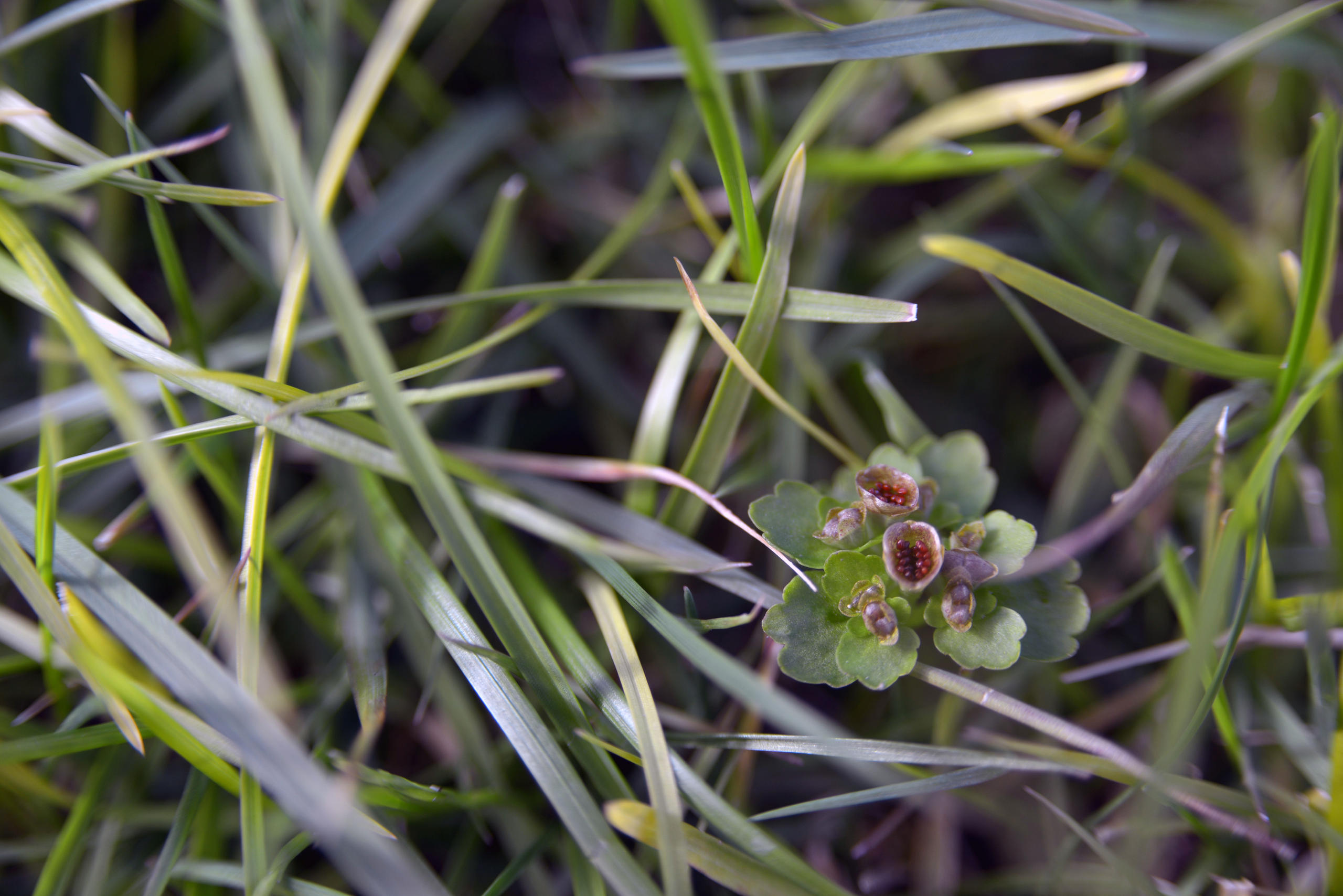
Our research site in Barentsburg was situated below a dog yard and was very lush and green. What we found there was just unbelievable. Again, the vegetation consists predominantly of grasses, but we even found a couple of non-native plant species that produced a lot of flowers.

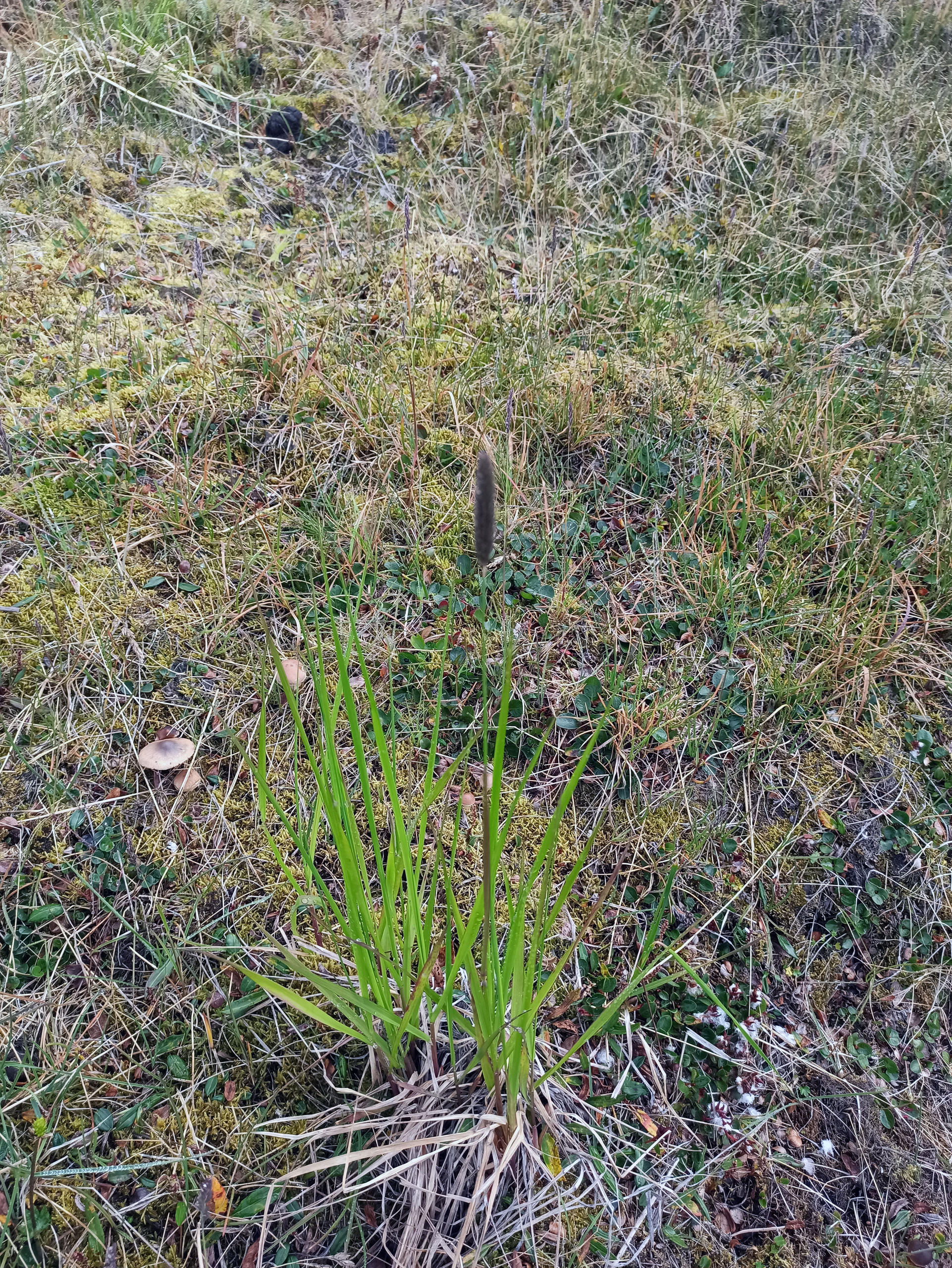
When we visit the site again at the end of August, we will find out if they have produced seeds and are able to spread widely. So far we have found species that have never been identified on Svalbard before. Shockingly, we have also observed some of these species in the nearby undisturbed tundra, meaning that they are likely able to compete with native vegetation, with yet unknown implications for the whole ecosystem. The soil was completely different, containing large amounts of old hay, sawdust and livestock excrement. That is why the soil is so rich in nutrients, possibly including nitrogen and phosphate, making it easier for non-native species to establish themselves.
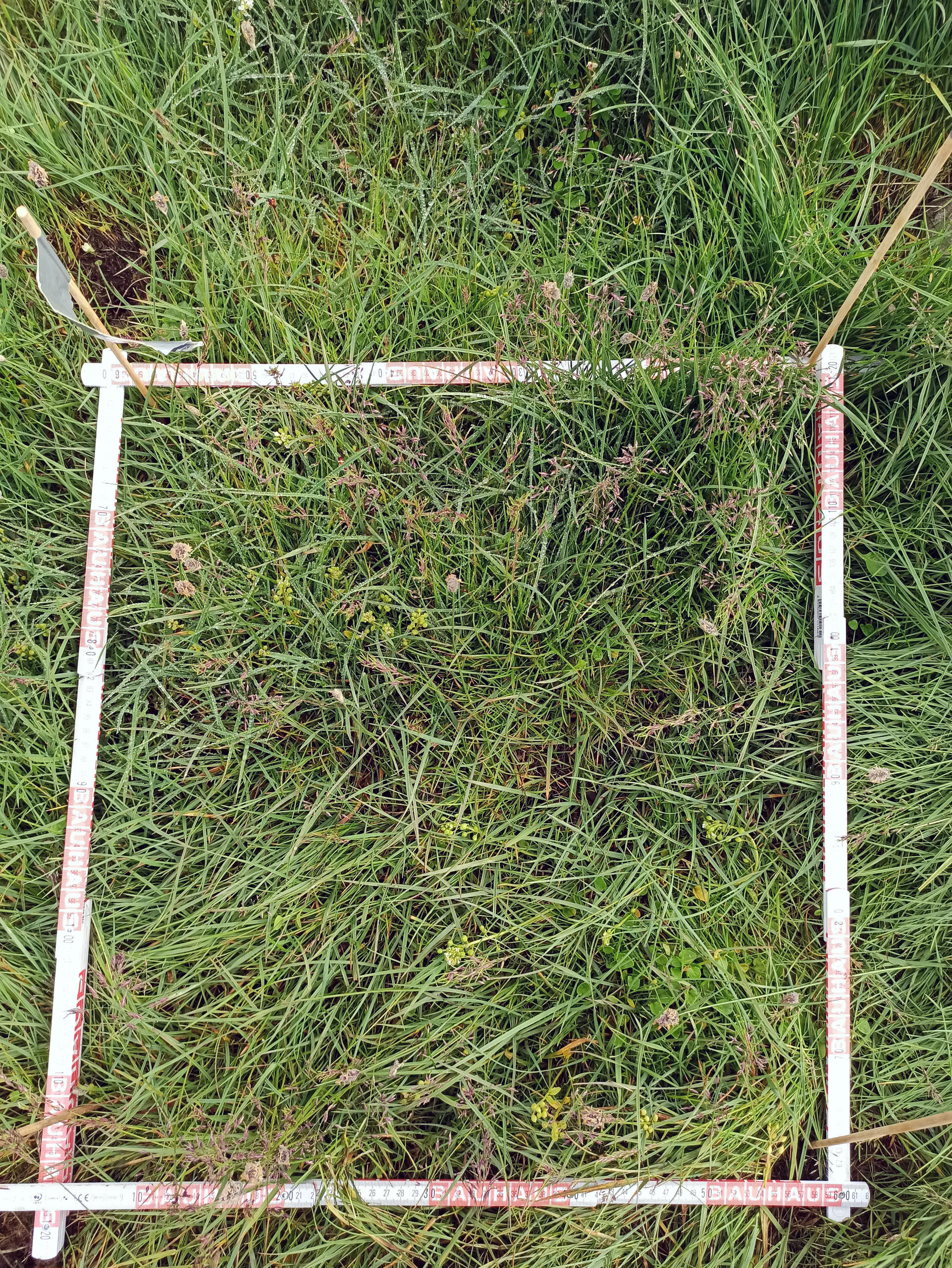
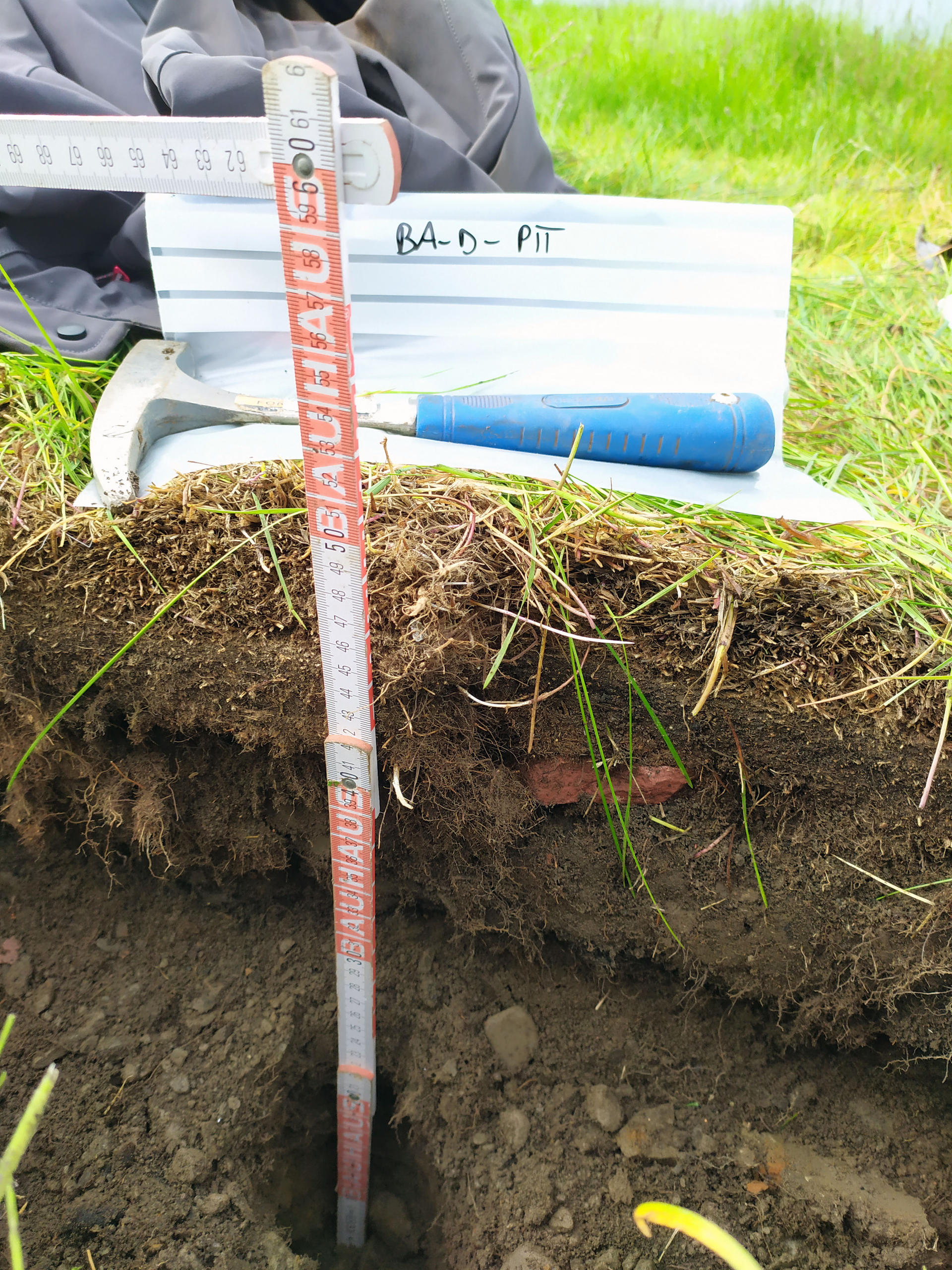
These places made us think a lot. What will happen to this amazing landscape if the disturbance increases? It is very likely that with the increasing number of tourists, the numbers of introduced non-native species will increase. Tourists bring in seeds via dirty shoes or other equipment, such as tents. With rising numbers of tourists, the tourist companies want to go to more and more remote places, so more and more places are at risk.
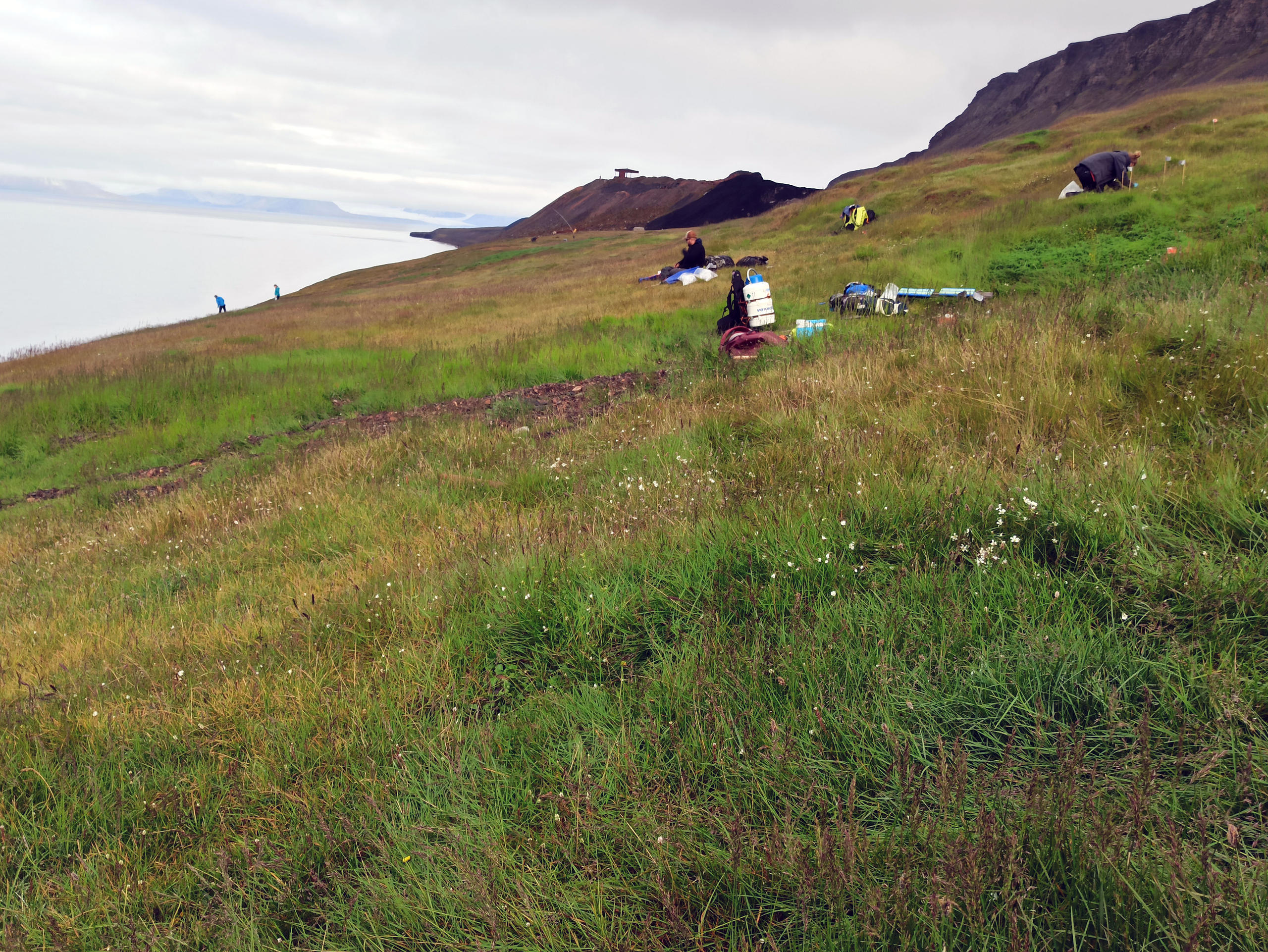
Another important aspect is rising temperatures due to global warming, which in turn facilitate the establishment and growth of native but also non-native plants, possibly affecting their competitive patterns. It is likely that the native plants will be outcompeted to a certain extent. These locations of human disturbance and nutrient input have now proven to be potential stepping stones for non-native species to invade the native tundra and special bird cliffs.
Scroll down to read earlier entries from Lena, Sigrid and Jana. To receive future editions of this blog in your inbox, sign up for our science newsletter by putting your e-mail address in the field below.
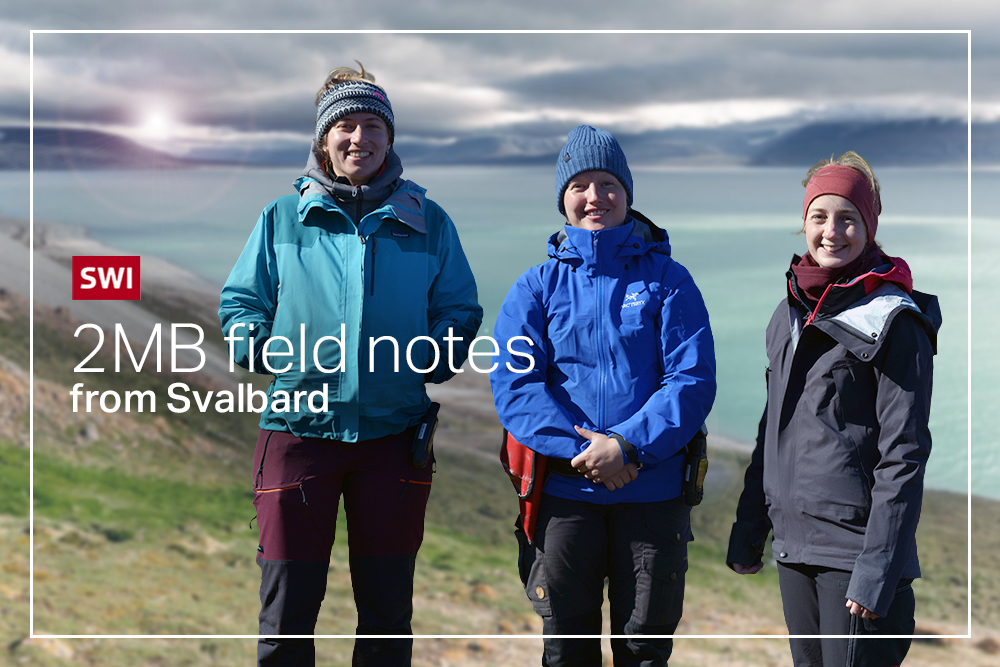
More
2MB field notes from Svalbard

More
Climate change, even in the remote Arctic?

In compliance with the JTI standards
More: SWI swissinfo.ch certified by the Journalism Trust Initiative




























You can find an overview of ongoing debates with our journalists here . Please join us!
If you want to start a conversation about a topic raised in this article or want to report factual errors, email us at english@swissinfo.ch.